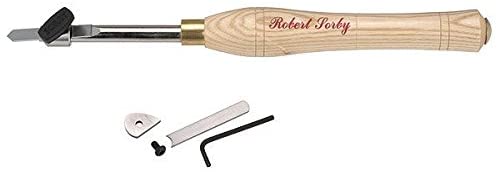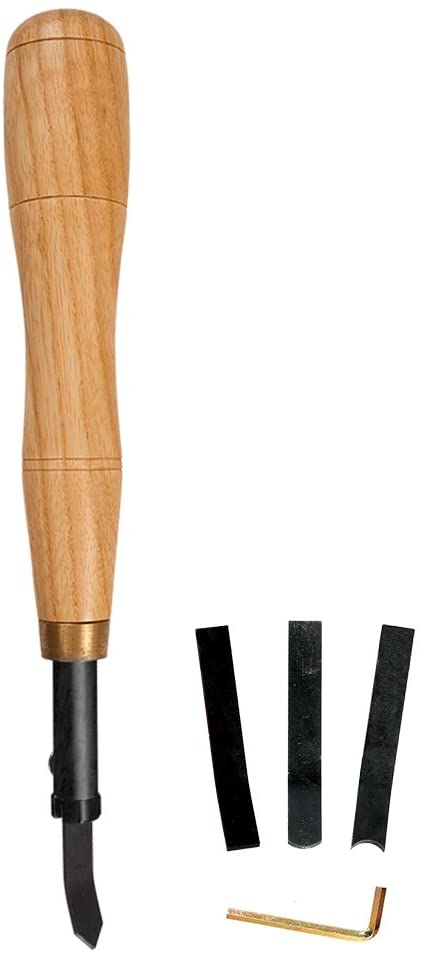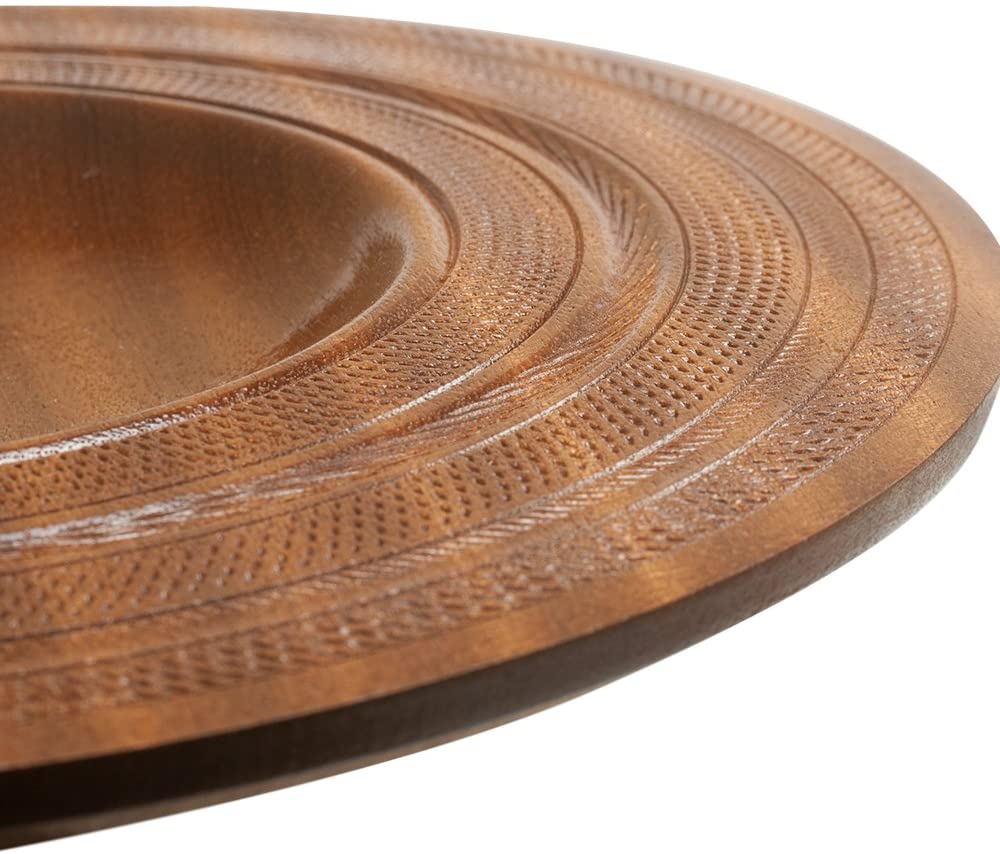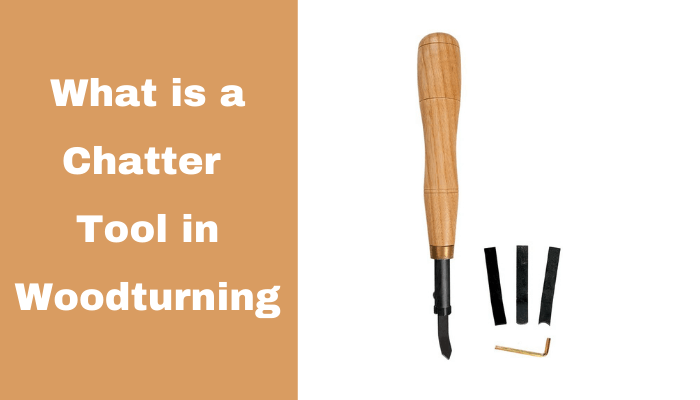When you turn wood on a lathe, chatter is usually an undesired result that adversely affects the look of your project. But with a chatter tool, you have complete control over the nature and pattern of your chattering to create “mistakes” that are both visually appealing as well as functional.
This post contains affiliate links. If you use these links to buy something we may earn a commission. Thank you!
What Is A Chatter Tool In Woodturning?
With a chatter tool, you can control the chatter pattern and make it decorative, instead of a mistake. This article will give you an overview of how the chatter tool works and how you should use it.
The chatter tool works very much like a scraper, and it is sharpened in the same manner. Sharpening can be done with a fine grinding wheel or by hand. The burr produced through the sharpening process helps make cutting easier, and the burr should not be removed from the chatter after sharpening.
How Do You Use A Chatter Tool?
The typical tooling setup for lathe turning is to keep the tool rest as close as possible to your work. When using a chatter tool, you will need to have the tool rest backed away from your turning. If you cantilever the tool past the rest and let it vibrate while working, you’ll be able to use a chatter tool.
Next, let’s take a look at some of the best chatter tools available on the market.
| Image | Product | Details | Price |
|---|---|---|---|
 |
Robert Sorby Chattertool Complete | The RS222 scraper cutter is shaped like a teardrop and has three working faces that give it versatility. | Check Price |
 |
Ron Brown’s Chatter Tool | The tool comes with a handle – plus 4 tips and a hex key, so you’re ready to go right out of the box! | Check Price |
Robert Sorby Chattertool Complete
A chatter tool is a nifty tool for creating random decorative patterns on the end grain of boxes, urns, and other sculpted pieces. The Robert Sorby chatter tool comes with two different double-ended chattering tips and a handy scraper cutter.

One chatter tip is a straight and pointed end, while the other has a convex (curved) and concave half-round end.
Chatter patterns are created by controlling the vibration of razor-sharp tips against the workpiece. Adjustable factors include:
- The type of wood and location on the lathe (center or off-center)
- The speed at which you’re turning
- Diameter and shape of chattertool tip, the width of “wedge” cut in end grain
This unusual nature enables the woodturner to create exquisite designs that are special and unique. These sophisticated patterns can enhance any type of wood, no matter what the level of quality. The RS222 scraper cutter is shaped like a teardrop and has three working faces that give it versatility.
Ron Brown’s Chatter Tool
Get creative with this handy tool that lets you add texture to your pieces for a textured masterpiece. With a versatile shape, four different ends, and the ability to remove any end easily—you can design any look with ease!

The Ron Brown’s Chatter Tool is perfect for accenting your pieces. The chatter tool comes with a handle – plus 4 tips and a hex key, so you’re ready to go right out of the box!
To use, simply push down lightly on the top piece and pull outward. Then choose your desired texture from the four provided tips.
If that wasn’t enough design options for you, all it takes is one small step to change out the different tips. And are possibilities are endless because there are virtually no limits when it comes to this innovative texturing tool!
Here is an example of a pattern this tool can help you achieve.

If you are looking to learn more about woodturning we recommend you take a look at the best books about woodturning.
Conclusion
The chatter tool is one of the most versatile tools in your lathe arsenal, and it can be used to create a variety of different effects.
For example, you may find that making random cuts at an angle creates attractive patterns on wood grain or for sculpting bowls with rounded edges. You might also use it as a way to highlight areas where other types of cutting will take place by chattering them first before performing those actions.
Experimenting with these techniques will help you become more comfortable using this tool so that when you need it, you’ll know what action to take without hesitation.
Thank you for reading our article about What is a Chatter Tool in Woodturning!
